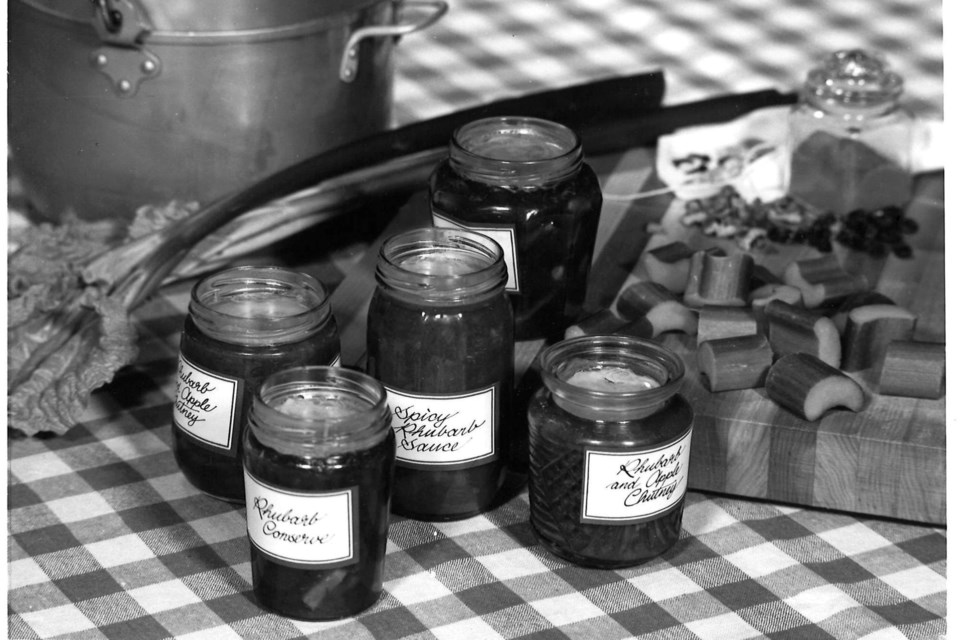From the archives of the Sault Ste. Marie Public Library:
Do you remember a time when acts of kindness were enough? When time and effort was appreciated? In her book, Tales of Nokomis, Patronella Johnston, described such a scenario in which a meaningful relationship was made with an Indigenous elder through acts of kindness.
Johnston states “…I and several other children would stop at her home after school to bring in kindling and water and to pick a basket of frozen apples from the orchard, for she was too old and feeble to gather them for herself” (Johnston,1975, IV).
As an acknowledgment of their efforts, their adoptive Nokomis or grandmother shared Indigenous folklore by the hearth. These stories clearly made an impact on Johnston’s life, as she chose to share them with her foster children, before she transcribed them, for as she states “they would have been gone forever” (1975, IV). The children in Johnston’s preface to Tales of Nokomis realized the elder was unable to tend to these chores and put in effort and time to lend a hand.
Two other acts of kindness came through fruitful donations to the former hospitals of our community, the Plummer Hospital and General Hospital in the 1930s; an era known to be trying. The majority of the donations came in the form of something “…appetizing to those who occasionally need coaxing to eat” (Sault Star, 1932, p.5).
It is not difficult to imagine the desire for tasty food prepared at home during an extended stay at the hospital. So, when “ninety jars of jam, preserves and canned vegetables, and pickles were given...” (October 26, 1932), hospital staff and patients were appreciative of these tastes of home.
This expression of generosity was particularly impressive considering it came at a time when many in the community were feeling the effects of an economic depression.
The majority of the donations being jams, preserves, canned vegetables, and pickles makes a lot of sense. In the Sault Star on August 9, 1980, Ann Borella when talking about the benefits of canning and preserving, states “you can save money…particularly if you grow your own food and happen to have the supplies of jars on hand” (Sault Star, August 9.1980).
Despite being a time when people felt a financial strain, they chose to dedicate their time and effort to harvesting, preparing and cooking the food, and canning the preserves for those that were unwell and hospitalized.
In all of these instances, the contributor did not have a lot to give but carried out acts of kindness anyway. The children dedicated their time and energy and the community, even under financial strain, helped those that needed a little warmth, comfort, and a taste of home.
For those interested, a comprehensive list of the donations that were made to both of the local hospitals can be found on the Sault Star microfilm located at the James L. McIntyre Centennial Library, entitled Hospital Receives 90 Jars of Fruit (October 26, 1932) and Fruit and Jelly Still Coming into the General Hospital (December 12, 1930) editions respectively.
